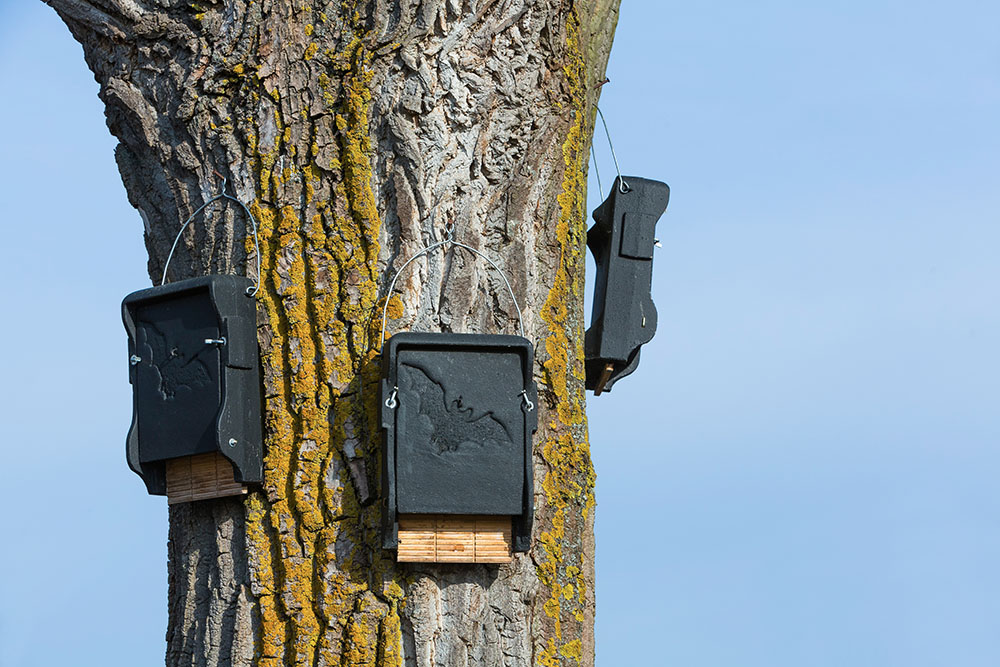
This article has been authored as a simple, easy to read guide about bat mitigation and its role in securing you a planning consent. It’s aimed at first timers and homeowners, though equally it will prove a useful resource for development professionals alike.
If you’ve read our bat survey page, you’ll know all about bat surveys. Read further on here, to learn what having bats use your site of proposed development as a place to call home means for you.
So, bats are a legally protected species. The EC Habitats Directive lists all 18 species of bat native to UK shores in Annex II, which means their habitat (i.e. your property) is as protected as they are. You’ve done your bat surveys and now we or another licensed surveyor have told you that you need to mitigate for their presence or habitat loss.
Bat mitigation, simplified
What does this mean for you? Well, different species of bat have different habitat requirements, just as many other animal species of the same genus do (think; polar bears and pandas.) Common pipistrelle Pipistrellus pipistrellus bats for example, are crevice dwellers. Pips, as enthusiasts affectionately call them, are very small creatures and can stuff themselves through surprisingly tight gaps in brickwork, tiles, soffit boards, etc.
This makes them tough to find during a walkover survey and is one reason why activity or so-called emergence surveys are required when features suitable for roosting are present at your site.
Appreciably then, small numbers of them can be easy to mitigate for. Examples are bat tubes – small apertures and voids that can be built into a wall, new or existing – and bat boxes suitable for crevice dwelling species, such as the Schwegler Type 2F.
These are extremely cost-effective forms of mitigation, with bat boxes costing from £25 each and bat tubes from around £70 each. With the mitigation in place e.g. your roof can be stripped – or trees worked on – under the expert supervision of a licensed bat worker. Job done.
Sometimes though, mitigation can be more complex. An occasional roost used by a single male pipistrelle can look simple by comparison to e.g. mitigating for a maternity colony of brown long eared Plecotus auritus bats. A bigger species, the brown long eared or ‘BLE’ require space to ‘warm-up’ before emerging, so favour roosting habitat such as lofts and roof voids, where it can do this.
Mitigation here could take the form of a bat attic! A two metre by up to six metre void which is sealed off and insulated from disturbances is more appropriate for this species, and simple measures like bat boxes and bat tubes would not be well received by either planning authorities or licensing bodies, such as Natural England.
Of course, all of this requires an expert knowledge of the species ecology of each type of bat, which is precisely why surveys are conducted and their results interpreted by licence holders, such as those at Arbtech.
All of our bat consultant’s reports contain detailed information to support the identification of a species, so affording clients the advanced knowledge of what mitigation is appropriate, enabling you to better plan for unforeseen costs and or delays to your programme.
This is crucial to you, as bat mitigation can normally only be undertaken in the periods that avoid times of year when bats are particularly vulnerable, such as during the hibernation and breeding seasons; November through April and May through June inclusive. (Though that is not to say you can only ever implement mitigation outside of those times!)
Bat Mitigation Guidelines and Licensing
Natural England—the government’s wildlife adviser and England’s own Statutory Nature Conservation Organization—say clearly that European protected species licences (EPSL) are not required for all mitigation work.
However, the reality for many planning applicants whose development will result in the destruction of a roost e.g. by demolition of your property, is that in all such cases an EPSL is required, to avoid engaging the Habitats Regulations 2010 and so committing a criminal offence.
Indeed, to apply for a EPSL one must have evidence of a very robust survey effort and mitigation proposals must follow industry guidance, like the Mitchell-Jones (2004) Bat Mitigation Guidelines.
These guidelines describe in detail what kind of mitigation might be appropriate in different circumstances, as well as information about general bat ecology and survey efforts. The guidelines are summarised well and provide a useful point of reference for developers’ applications and the planning authorities whom assess them.
References: Mitchell-Jones, A. J., (2004). Bat Mitigation Guidelines. English Nature




